Prøve GULL - Gratis
WHAT LIES BETWEEN NEUTRON STARS AND BLACK HOLES?
All About Space
|Issue 111
There has long been thought to be a mass gap between these two cosmic heavyweights, but does the theory need to be revised?

Scientists know about neutron stars. They’re very much aware of black holes, too. But what if there’s something in between? This is what astronomers are pondering having discovered a cosmic event called GW190814. It was found through the detection of gravitational waves on 14 August 2019, and involved an object of a mass that had never been seen before.
Up to that point, the heaviest known neutron star was found to have a solar mass of 2.3, with the lightest known black hole being about five solar masses. Yet GW190814 pointed to an object of 2.6 solar masses, making it either the heaviest neutron star ever seen, the lightest black hole or perhaps even something else entirely. It’s so significant that it’s set to change how we look at neutron stars and black holes, not least because it poses a great challenge to current theoretical models.
For years astronomers have worked on the assumption of a ‘mass gap’ to explain why there are no objects with a solar mass greater than 2.3 or less than five. But now that an object involved in the GW190814 event sits firmly within the gap, albeit at the lower end, that assumption must be revised. “The mass spectrum is not thought to be continuous – there are gaps in it,” explains Dr Laura Nuttall, senior lecturer in gravitational waves at the University of Portsmouth’s Institute of Cosmology and Gravitation.
Denne historien er fra Issue 111-utgaven av All About Space.
Abonner på Magzter GOLD for å få tilgang til tusenvis av kuraterte premiumhistorier og over 9000 magasiner og aviser.
Allerede abonnent? Logg på
FLERE HISTORIER FRA All About Space
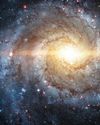
All About Space UK
MYSTERIES OF THE UNI WHERE ARE ALL THE SPIRAL GALAXIES?
There are far fewer spiral galaxies than elliptical ones in the Supergalactic Plane, and scientists are keen to discover why
7 mins
Issue 161
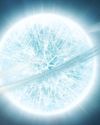
All About Space UK
ZOMBIE STARS
+10 OTHER TERRIFYING SPACE OBJECTS
8 mins
Issue 161

All About Space UK
HOW TO BEAT LIGHT POLLUTION
Thought it was impossible to observe the wonders of the night sky from towns and cities? Think again. Follow our tips and tricks on successfully observing through sky glow
2 mins
Issue 161
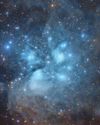
All About Space UK
15 STUNNING STAR CLUSTERS
These beautiful stellar groupings are spattered across the cosmos
8 mins
Issue 161
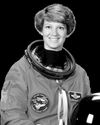
All About Space UK
Eileen Collins "It was a difficult mission...we were the first to see Mir"
Having served as both the first female pilot and first female commander of NASA's Space Shuttle, Collins boosted the involvement of women in space exploration to a whole new level
9 mins
Issue 161
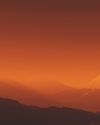
All About Space UK
MARS LEAKS FASTER WHEN IT'S CLOSER TO THE SUN
The Red Planet has lost enough water to space to form a global ocean hundreds of kilometres deep
2 mins
Issue 161

All About Space UK
FUTURE TECH KANKOH-MARU
This ambitious reusable spacecraft will be capable of taking 50 people to and from orbit
2 mins
Issue 161
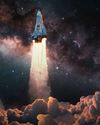
All About Space UK
THE FINAL FRONTIER
Beyond the reach of the Sun is a fascinating region of the cosmos that were only just beginning to explore
8 mins
Issue 161
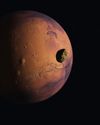
All About Space UK
A long-lost moon could explain Mars' weird shape and extreme terrain
A long-lost moon could explain why Mars is so different from the other rocky planets in the Solar System. Today Mars has two tiny moons.
2 mins
Issue 161
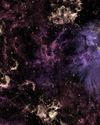
All About Space UK
A sprinkling of cosmic dust may have helped kick-start life on Earth
Cosmic dust may have helped kick-start life on Earth. New findings challenge a widely held assumption that this wasn't a plausible explanation.
3 mins
Issue 161
Translate
Change font size
